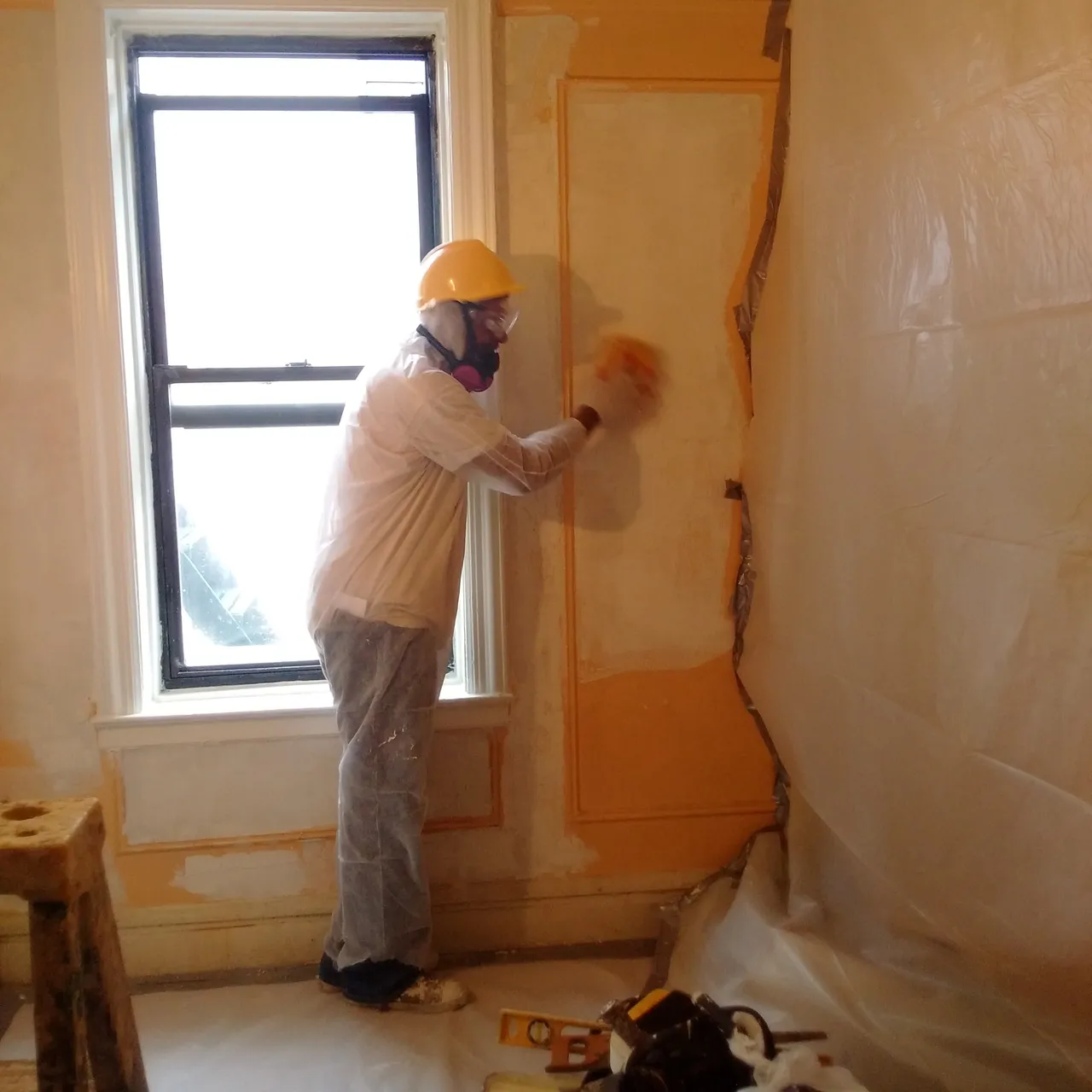Comprehensive Overview on Effective Lead Infraction Removal Techniques
In the world of ecological safety, resolving lead offenses requires a meticulous and organized method. This extensive overview starts by highlighting the important preliminary actions of determining lead threats with innovative analysis and testing techniques. The overview specifies on the importance of adhering to rigorous safety methods throughout the elimination process, consisting of the use of proper PPE and separating impacted locations.
Determining Lead Threats
Determining lead dangers is an essential initial action in alleviating the threats associated with lead direct exposure. Lead, a poisonous metal, can be existing in different environmental tools, consisting of paint, dirt, water, and dust.
The initial phase in determining lead risks entails comprehending typical lead sources within the built atmosphere. Frameworks built before 1978 are particularly at risk because of the widespread use of lead-based paint throughout that period. Furthermore, soil contamination can happen from deteriorating outside paint, commercial discharges, or historical use of leaded gasoline.
Another considerable source is lead piping and plumbing fixtures, which can seep introduce alcohol consumption water. Durable goods such as playthings, ceramics, and imported products may also have unsafe lead levels. Significantly, job-related environments and pastimes including lead can track contaminants into homes.
Assessment and Testing
When resolving lead risks, reliable analysis and screening are extremely important. This important action ensures the identification and metrology of lead presence, therefore leading subsequent remediation efforts. Initial analysis typically includes a visual examination to determine potential lead sources, such as deteriorating paint or infected dirt. This is complemented by more extensive testing techniques to ascertain the degree of contamination.

Dust wipe sampling is one more crucial technique, particularly in residential setups. By accumulating samples from floorings, windowsills, and other surface areas, this approach offers insights into potential exposure risks. Moreover, soil testing around building perimeters is necessary to identify lead contamination that could pose hazards, specifically to youngsters.
Safe Elimination Procedures
Upon completing thorough evaluation and testing, implementing secure removal procedures is the next important phase in attending to lead risks. This process guarantees that lead-contaminated products are effectively and securely removed, decreasing threat to both employees and citizens. The very first step entails isolating the damaged location using plastic bed linen and correct securing strategies to stop the spread of lead dust.
Employees have to don proper individual protective tools (PPE), consisting of respirators, handwear covers, and disposable coveralls, to alleviate exposure. Utilizing specialized tools and damp approaches, such as wet fining sand or utilizing HEPA-filtered vacuum cleaners, lowers the dispersion of lead particles. It is important to stay clear of dry sanding or rough blasting, as these approaches can create damaging lead dirt.
Garbage disposal is one more essential part; all infected products need to be securely nabbed and classified according to EPA and regional laws. Furthermore, extensive cleansing of the job location with HEPA vacuum cleaners and wet wiping ensures the removal of recurring lead fragments.
Post-Removal Confirmation

Confirmation of successful lead removal, understood as post-removal confirmation, is important to make sure the safety and security and habitability of see the remediated area. This procedure entails a series of precise analyses and tests designed to spot any recurring lead fragments that might pose health and wellness dangers. The initial action normally consists of a visual inspection to analyze the completion see post and high quality of the removal job. This examination ensures that all recognized resources of lead have been attended to and that no visible signs of contamination stay.
Adhering to the visual assessment, ecological tasting is performed. This entails collecting dirt, soil, and sometimes water examples from the remediated location. Recognized laboratories analyze these samples to measure lead degrees, guaranteeing they drop below the safety and security limits developed by governing bodies such as the Epa (EPA)
Furthermore, air high quality screening may be done to identify air-borne lead fragments, especially in situations where considerable lead-based paint elimination or remodelling has actually happened. The results of these tests offer measurable data verifying that the lead degrees are within permitted restrictions.
Ultimately, post-removal confirmation functions as a critical checkpoint, validating the effectiveness of the lead reduction efforts and protecting the wellness of owners and site visitors.
Safety Nets and Upkeep

An essential preventative measure includes making use of lead-safe certified professionals for any kind of remodelling, fixing, or paint activities. These specialists are educated in get redirected here methods that lessen lead dirt and debris. Additionally, preserving painted surfaces to prevent breaking or peeling is necessary, as deteriorating paint can release lead particles right into the setting.
Educational initiatives targeting residential or commercial property owners and lessees concerning the dangers of lead and the relevance of reporting any potential risks can further boost precautionary efforts. Regular cleaning using HEPA vacuums and damp wiping methods can substantially minimize lead dust build-up.
Verdict
In recap, effective lead offense removal demands a meticulous strategy encompassing complete assessment, precise screening, and strict elimination procedures. Ensuring security via proper seclusion and individual safety tools remains extremely important. Post-removal verification using ecological tasting and air quality screening corroborates compliance with recognized security standards. Furthermore, continuous examinations and upkeep are vital to reduce future lead dangers, thereby securing public health and wellness and making certain sustained compliance with governing demands.